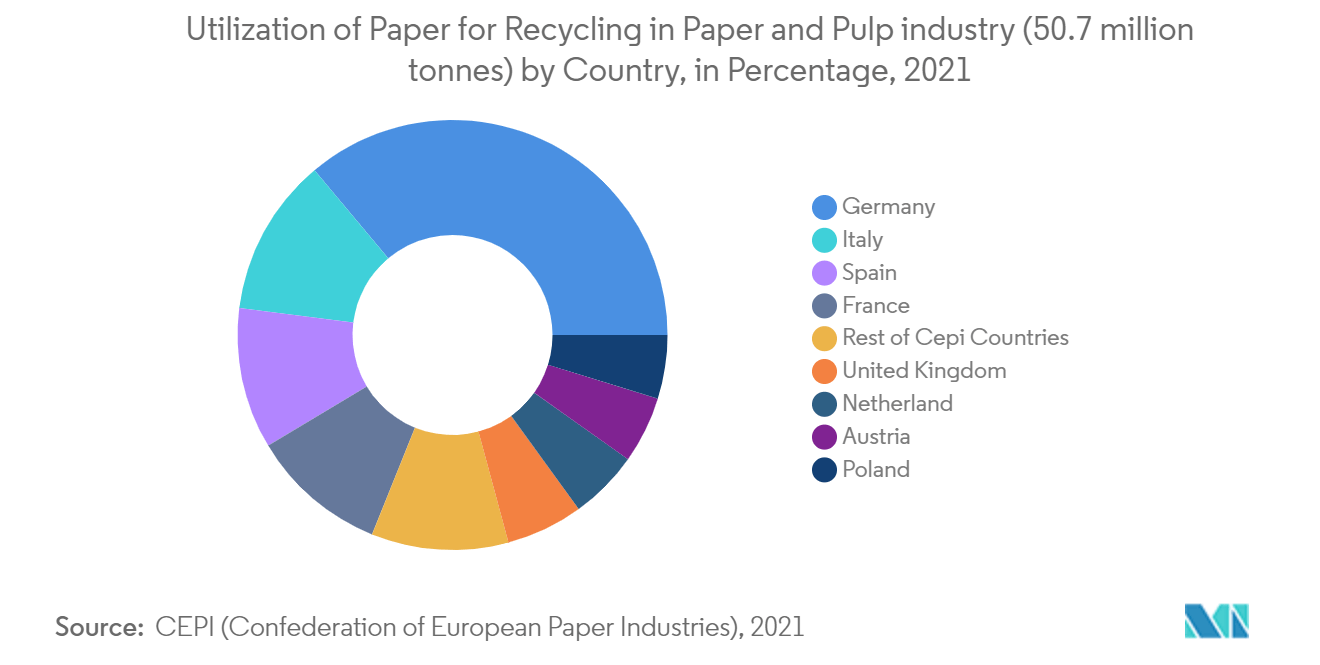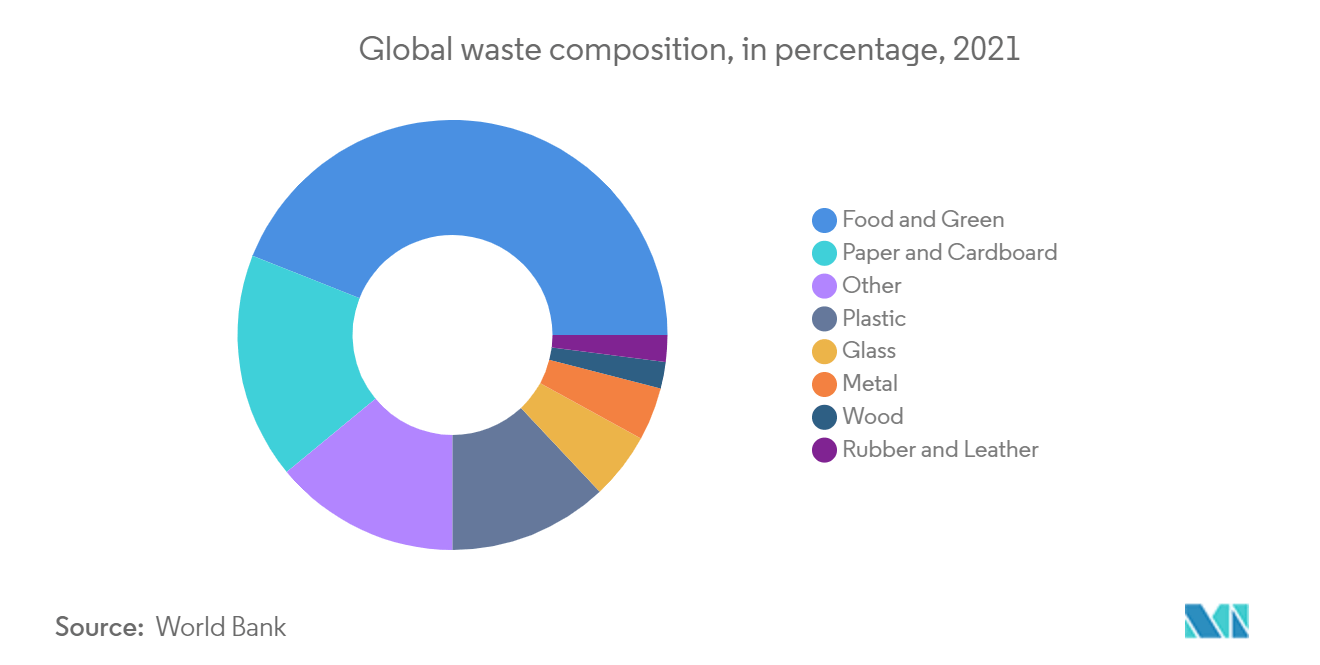Market Trends of Global Waste Disposal Equipment Industry
This section covers the major market trends shaping the Waste Disposal Equipment Market according to our research experts:
Increasing awareness regarding recycling fueling the market growth
The Indiana Recycling Economic Information (REI) Study states that the recycling manufacturing sector has a much greater impact on Indiana's economy than the recycling collection, processing and reuse sectors. The recycling manufacturing sector accounts for 63,000 jobs, USD 2.8 billion in payroll and USD 16.8 billion in receipts each year while 92% of Indiana's total recycling and reuse industry tax revenues arise from recycling manufacturing establishments and their indirect and induced economic activity.
According to United Nations, every year, an estimated 11.2 billion tonnes of solid waste is collected worldwide and the decay of the organic proportion of solid waste is contributing to about 5% of global greenhouse gas emissions. It is estimated that less than 20% of global waste is recycled each year and rich countries often export recyclables to poorer nations. One-third of recyclables in the US are shipped abroad. The UK estimates that 46% of its recycling goes to countries like Turkey, Poland, and Malaysia.
Recycling rates fell across Europe, Asia, and the US since the onset of the COVID-19 pandemic. But the pandemic also produced a surplus amount of new waste in the forms of PPE and single-use items. A study from the Proceedings of the National Academy of Sciences (PNAS) showed that the pandemic generated over 8 million tons of plastic waste around the world and over 25,000 tons of that waste entered the ocean.
The recycling industry is constantly evolving to meet changing needs. When it comes to metal sorting, sensors and machines replaced hands and magnets. X-ray fluorescence analyzers are giving way in some applications to laser-induced breakdown spectroscopy (LIBS) technology. Artificial intelligence (AI) is expected to play a larger role in the recycling industry.

Increasing volumes of municipal waste raising need of disposal methods
World Bank in its report stated that the world generates 2.01 billion tonnes of municipal solid waste annually, with at least 33% of that, being extremely conservatively, and not managed in an environmentally safe manner. Worldwide, waste generated per person per day averages 0.74 kilograms but ranges widely, from 0.11 to 4.54 kilograms. The total quantity of waste generated in low-income countries is expected to increase by more than three times by 2050. The East Asia and Pacific region is generating most of the world's waste, at 23%, and the Middle East and North Africa region is producing the least in absolute terms, at 6%. However, the fastest growing regions are Sub-Saharan Africa, South Asia, the Middle East and North Africa, where, by 2050, total waste generation is expected to more than triple, double, and double respectively.
Waste Statistics for 2020 report of Hong Kong cites that in 2020, the quantity of MSW disposed of was 10,809 TPD (3.96 million tonnes), which represented a decrease of 2.2% as compared to 2019. Of the 10,809 tonnes of MSW landfilled each day in 2020, some 3,255 tonnes (30% of MSW). The quantity of MSW recovered for local recycling was about 230 000 tonnes in 2020, representing an increase of about 11% compared to about 200 000 tonnes in 2019 were estimated as food waste, which has decreased by 2.9% as compared to 2019.
The Department for Environment, Food and Rural Affairs, Government of United Kingdom reported that the UK recycling rate for Waste from Households was 44.4% in 2020, decreasing from 46.0% in 2019. The recycling rate for household waste decreased in all UK countries in 2020 except Wales. The recycling rate for England was 44.0%, compared with 49.1% in Northern Ireland, 41.0% in Scotland, and 56.5% in Wales. UK biodegradable municipal waste (BMW) sent to landfill has fallen from approximately 6.6 million tonnes in 2019 to around 6.1 million tonnes in 2020. Provisional figures for 2021 show that 63.2% of UK packaging waste was recycled, similar to 2020. It is estimated that the UK generated 43.9 million tonnes of commercial and industrial (C&I) waste in 2018, of which 37.2 million tonnes (85%) was generated in England. The latest estimates for England only, indicate that C&I waste generation was around 33.8 million tonnes in 2020.


